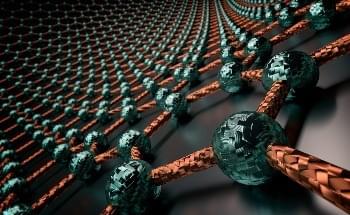A novel device consisting of metal, dielectric, and metal layers remembers the history of electrical signals sent through it. This device, called a memristor, could serve as the basis for neuromorphic computers-;computers that work in ways similar to human brains. Unlike traditional digital memory, which stores information as 0s and 1s, this device exhibits so-called “analog” behavior. This means the device can store information between 0 and 1, and it can emulate how synapses function in the brain. Researchers found that the interface between metal and dielectric in the novel device is critical for stable switching and enhanced performance. Simulations indicate that circuits built on this device exhibit improved image recognition.
The Impact
Today’s computers are not energy efficient for big data and machine learning tasks. By 2030, experts predict that data centers could consume about 8% of the world’s electricity. To address this challenge, researchers are working to create computers inspired by the human brain, so-called neuromorphic computers. Artificial synapses created with memristor devices are the building blocks of these computers. These artificial synapses can store and process information in the same location, similar to how neurons and synapses work in the brain. Integrating these emergent devices with conventional computer components will reduce power needs and improve performance for tasks such as artificial intelligence and machine learning.









Leave a reply